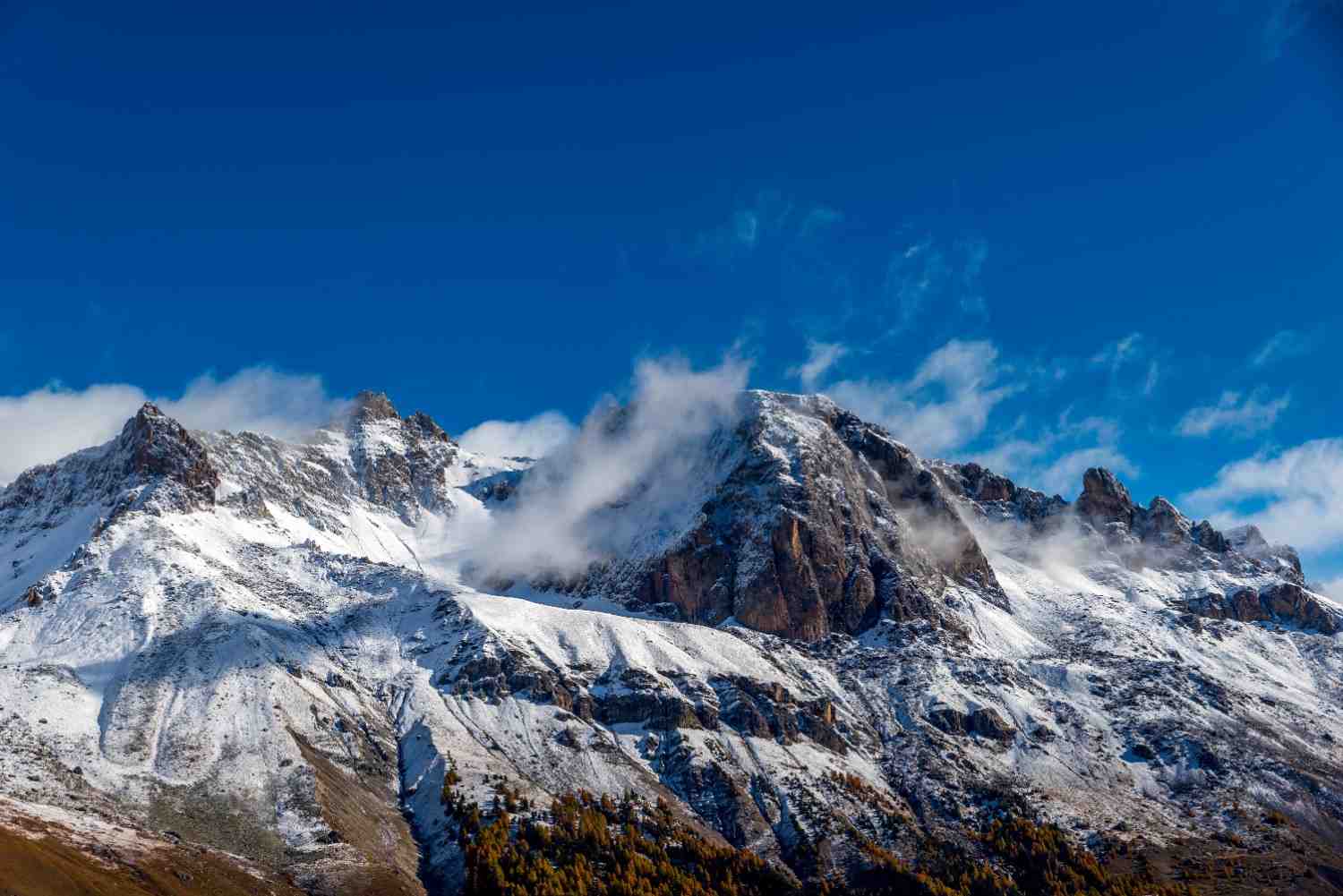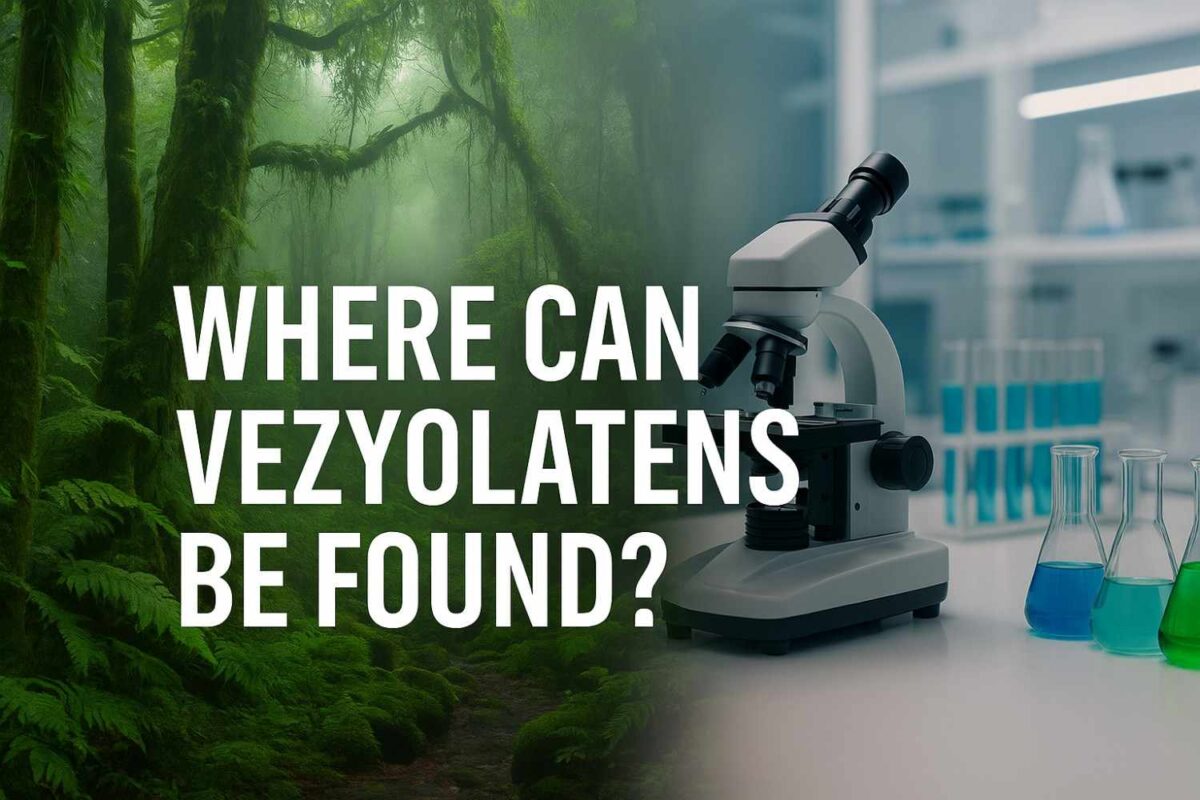I first stumbled across the question “where can vezyolatens be found” while browsing a science forum late at night. The thread was filled with speculation, but no one seemed to have a definitive answer. Some said it was a rare natural substance, others hinted at a cutting-edge material from research labs. The deeper I looked, the more I realized this term was wrapped in mystery — and that’s exactly why people keep searching for it.
In this guide, I’ll walk you through what “vezyolatens” might refer to, where people claim it can be found, and why this elusive term keeps appearing online. Think of this as a curious explorer’s map — grounded in facts but open to possibility.
What Exactly Are Vezyolatens?
Before we can explore where vezyolatens might be found, we need to understand what they are — or at least what people think they are. The term doesn’t appear in mainstream scientific literature, textbooks, or recognized databases. Instead, it surfaces on scattered websites and online discussions, often described in very different ways.
Some people describe vezyolatens as:
- A naturally occurring substance with unique environmental properties.
- A synthetic compound being studied for its potential in new materials.
- A conceptual idea linked to ecological research or biological systems.
The lack of consistency suggests that “vezyolatens” could be a niche concept still under development, a term used in a small research circle, or possibly even a misspelling of another word. Still, the speculation hasn’t stopped people from asking where it might exist — and several theories have emerged.
Where Can Vezyolatens Be Found in Nature?
If vezyolatens are indeed a natural substance — as some sources hint — they are most likely to appear in environments that support rare or specialized materials. Here are a few possibilities that enthusiasts often mention:

Dense Forest Ecosystems
Some claims suggest that vezyolatens form under very specific conditions in biodiverse rainforests. These regions, rich in unique organic compounds and symbiotic relationships, could theoretically produce unusual natural substances. The Amazon, Pacific Northwest, and parts of Southeast Asia are often cited as possible regions where traces might be discovered.
High-Altitude Mountain Ranges
Other discussions link vezyolatens to mineral-rich soil and geological activity in high-altitude areas. Places like the Himalayas or the Andes, where unique pressure and temperature conditions occur, are often highlighted as potential sources. Whether this connection has merit or not, it shows the intrigue around how environment shapes discovery.
Rare Geothermal Zones
There’s also speculation that vezyolatens may form deep underground, near volcanic or geothermal regions. These environments often host rare minerals and chemical compounds — and if vezyolatens exist in nature, they could originate there.
While none of these locations are confirmed, they represent the most commonly discussed “hotspots” where people believe vezyolatens might be found.
Could Vezyolatens Be Man-Made?
Another school of thought suggests that vezyolatens are not natural at all but are instead synthetic materials created in research labs. This perspective frames them as cutting-edge compounds designed for specialized uses, such as environmental science, nanotechnology, or advanced materials engineering.
If that’s the case, the best places to “find” vezyolatens might be:
- University research labs exploring new materials or sustainable compounds.
- Private R&D facilities working on proprietary technologies.
- Patent databases or scientific journals that occasionally reference experimental materials.
Because many advanced materials remain classified or unpublished during development, the public may encounter terms like “vezyolatens” before the underlying research is widely available.
Online Mentions: Digital Clues to Vezyolatens’ Existence
Even if we can’t hold a vezyolaten sample in our hands, the internet gives us a few hints about where this term appears. Mentions of “vezyolatens” pop up on:
- Niche science blogs speculating about future materials and environmental studies.
- Discussion forums where users debate its origin or share possible sightings.
- E-commerce sites listing “vezyolaten kits” or “samples,” though these are often vague and unverified.
It’s important to approach these mentions critically. Many lack citations or scientific backing, and some may be the result of automated content generation. Still, their existence shows the growing curiosity around the term.
How to Approach Information About Vezyolatens
When searching for where vezyolatens can be found, skepticism is your best tool. Because the term isn’t recognized in peer-reviewed research or official databases, not all claims should be taken at face value. Here’s how to evaluate what you find:
- Check the source – Trust sites linked to universities, scientific journals, or established research institutions.
- Look for references – Credible articles cite studies, data, or experiments.
- Watch for contradictions – If a source calls vezyolatens a plant in one paragraph and a polymer in the next, be cautious.
Using these steps will help you separate speculation from substance — and keep your search grounded in reality.
FAQs About Vezyolatens
1. Are vezyolatens a real scientific discovery?
There’s no confirmed evidence in scientific databases that vezyolatens are a recognized material or organism. Most mentions are speculative or appear in unverified online discussions.
2. Where can I look for more information about vezyolatens?
Start by checking academic resources like Google Scholar or patent databases for any references. If none exist, focus on reputable science publications and avoid vague claims from unknown sites.
3. Could vezyolatens be a misspelling?
Yes, it’s possible. Sometimes search terms evolve from typos or alternate spellings. Exploring similar words might lead to more concrete information.
4. Is there any way to obtain vezyolatens?
Some online marketplaces list products using the name, but these should be approached with caution. Always verify the legitimacy of the seller and the authenticity of the product before making purchases.
The Final Word on This Mystery
So, where can vezyolatens be found? The honest answer is that no one can say for sure. Some believe they exist in rare natural environments like rainforests or mountains, others think they’re created in advanced research labs, and still others suspect the term itself may be a placeholder or misinterpretation.
Until more verified information emerges, vezyolatens will remain a fascinating mystery — a term that sparks curiosity and invites exploration. And perhaps that’s the most interesting part: sometimes, the journey to uncover the unknown is just as valuable as the discovery itself.

